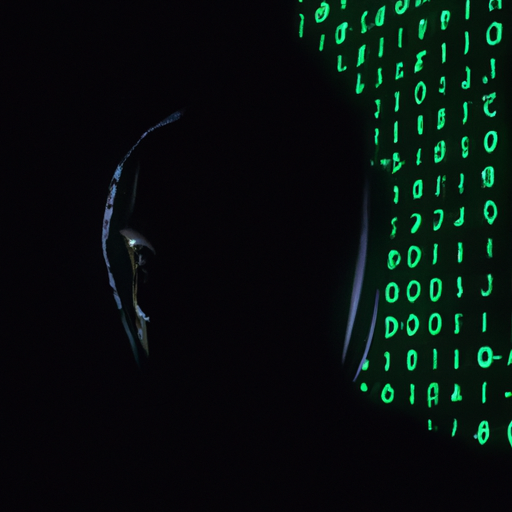Child Trafficking is a global menace that continues to plague societies worldwide. It is a form of human trafficking that involves the exploitation of children through forced labour, sexual exploitation, and other forms of abuse. The United Nations Office on Drugs and Crime (UNODC) reports that almost a third of all human trafficking victims worldwide are children. This article explores how Open Source Intelligence (OSINT) and Ethical Hacker skills can be utilised to combat this heinous crime.
Understanding OSINT and Ethical Hacking
Before delving into how these tools can be used in the fight against Child Trafficking, it is essential to understand what they are and how they work.
Open Source Intelligence (OSINT)
OSINT refers to data collected from publicly available sources to be used in an intelligence context. This can include information from media (newspapers, radio, television, etc.), public data (government reports, official data sets, etc.), professional and academic sources (conferences, academic papers, etc.), and the internet (online publications, blogs, social media, etc.).
Ethical Hacking
Ethical hacking, also known as penetration testing or white hat hacking, involves the use of hacking skills to identify vulnerabilities in a system, network, or application. Ethical hackers use the same techniques as malicious hackers but do so legally and ethically to improve system security.
OSINT and Ethical Hacking in the Fight Against Child Trafficking
OSINT and ethical hacking can be powerful tools in the fight against Child Trafficking. Here’s how:
Identification and Tracking of Traffickers
OSINT can be used to identify and track individuals or groups involved in Child Trafficking. This can be done through the analysis of online activities, such as social media posts, online advertisements, and other digital footprints. Ethical hackers can also infiltrate dark web forums and websites where traffickers often operate.
Victim Identification and Rescue
OSINT can also aid in the identification and rescue of trafficking victims. For instance, geolocation data from social media posts or images can help locate victims. Ethical hackers can also assist by breaking into traffickers’ communication networks to gather information on victims’ locations and conditions.
Prevention and Awareness
OSINT can be used to raise awareness about Child Trafficking and its prevalence. By analysing trends and patterns in trafficking activities, stakeholders can develop targeted prevention strategies. Ethical hackers can also contribute by creating systems that alert authorities when potential trafficking activities are detected online.
Case Studies: OSINT and Ethical Hacking in Action
Several organisations and initiatives have successfully used OSINT and ethical hacking to combat Child Trafficking. Here are a few examples:
The Human Trafficking and Child Exploitation Prevention Act
In the United States, the Human Trafficking and Child Exploitation Prevention Act has provisions that require manufacturers and retailers to install digital blocking capabilities on devices to prevent access to child pornography. Ethical hackers play a crucial role in testing these systems to ensure they are effective and cannot be bypassed.

Project VIC
Project VIC is a global initiative that uses OSINT to combat child exploitation. The project has developed a cloud-based platform that allows law enforcement agencies worldwide to share information and collaborate on child exploitation cases. The platform uses advanced image and video hashing technology to identify victims and perpetrators.
The Spotlight Initiative
The Spotlight Initiative, a partnership between the European Union and the United Nations, uses OSINT to fight Child Trafficking. The initiative uses data from various sources, including social media, to identify trafficking hotspots and trends. This information is then used to inform prevention and intervention strategies.
Challenges and Ethical Considerations
While OSINT and ethical hacking offer promising solutions in the fight against Child Trafficking, they also present several challenges and ethical considerations. These include privacy concerns, the risk of false positives, and the potential for misuse of information. It is crucial that these tools are used responsibly and ethically, with strict adherence to legal guidelines and respect for human rights.
Conclusion
Child Trafficking is a grave violation of human rights that requires urgent action. OSINT and ethical hacking provide innovative and effective ways to combat this crime. By identifying and tracking traffickers, aiding in victim rescue, and raising awareness, these tools can make a significant impact. However, their use must be balanced with ethical considerations to ensure the protection of privacy and human rights. With the right approach, OSINT and ethical hacking can be powerful weapons in the global fight against Child Trafficking.




